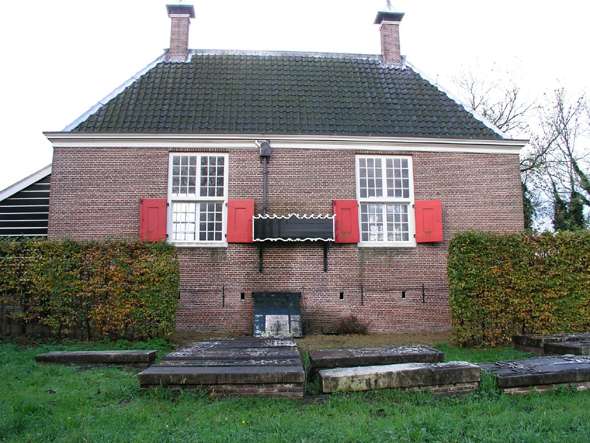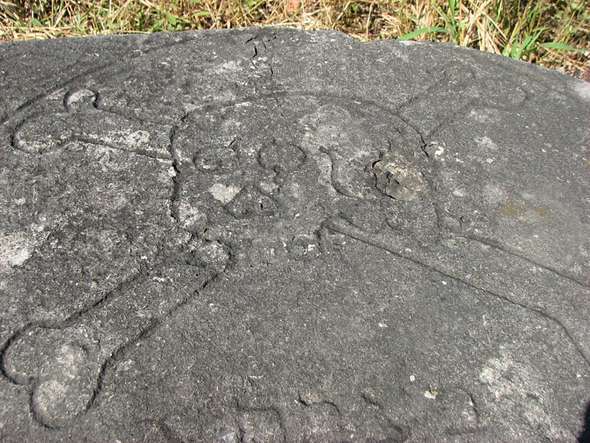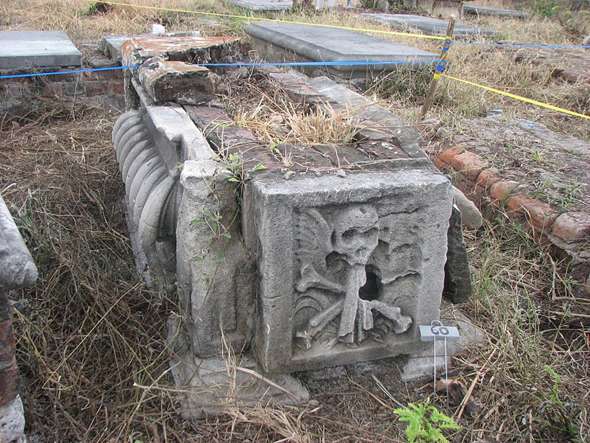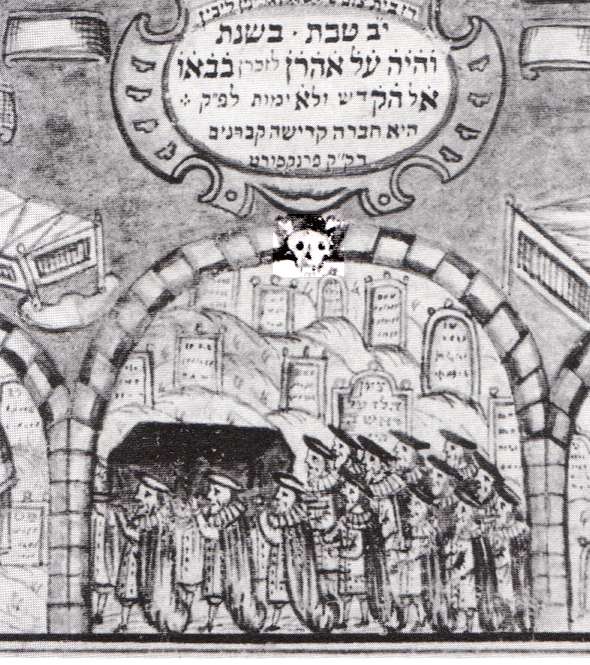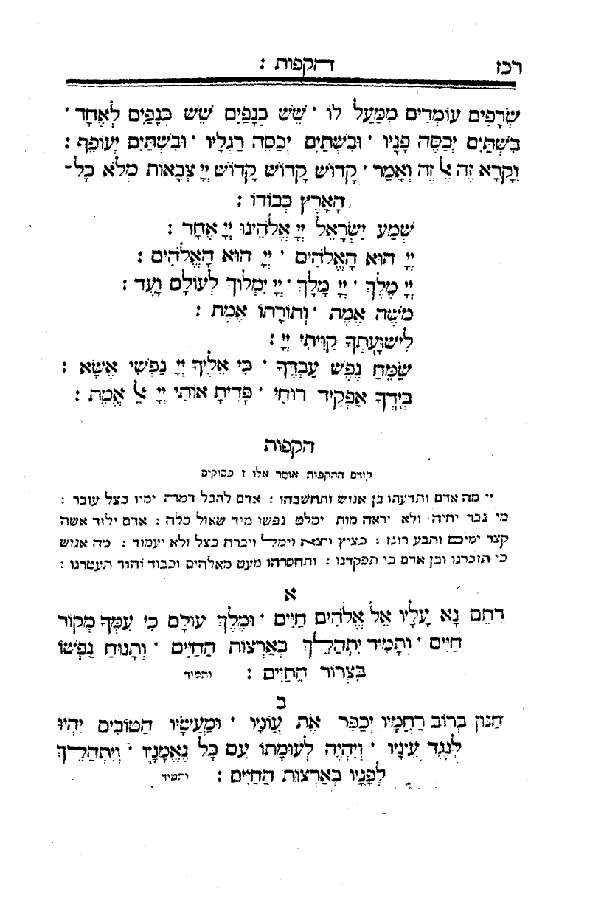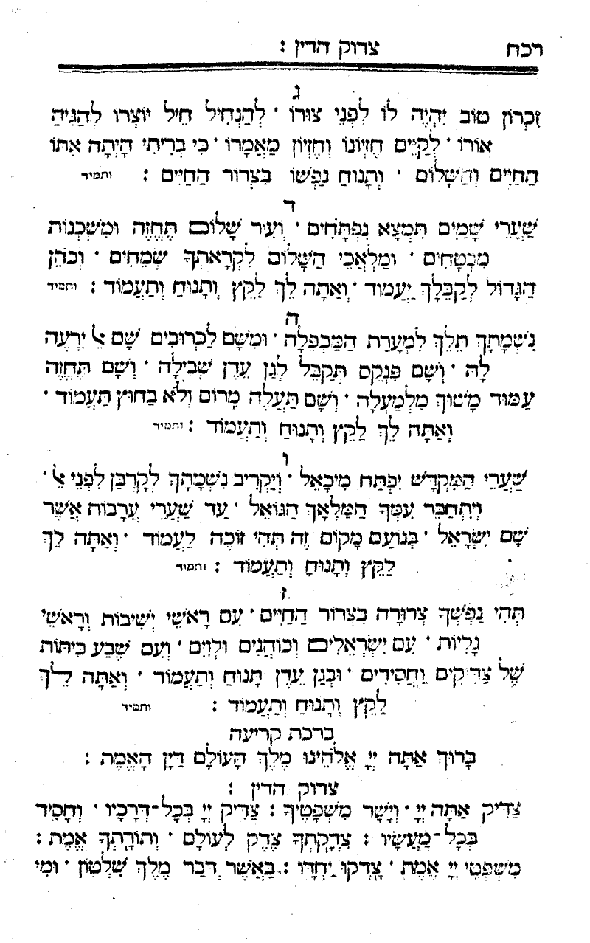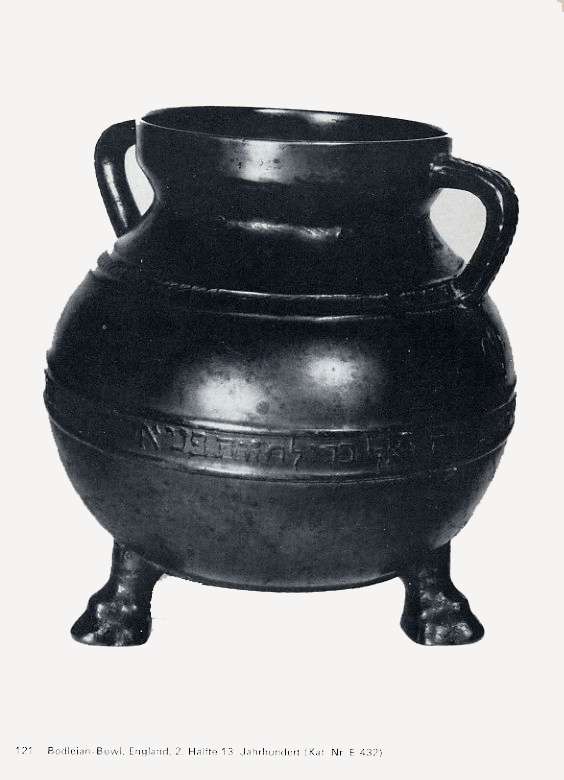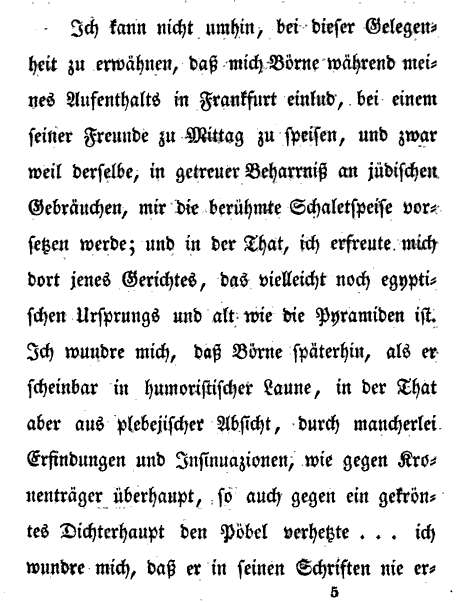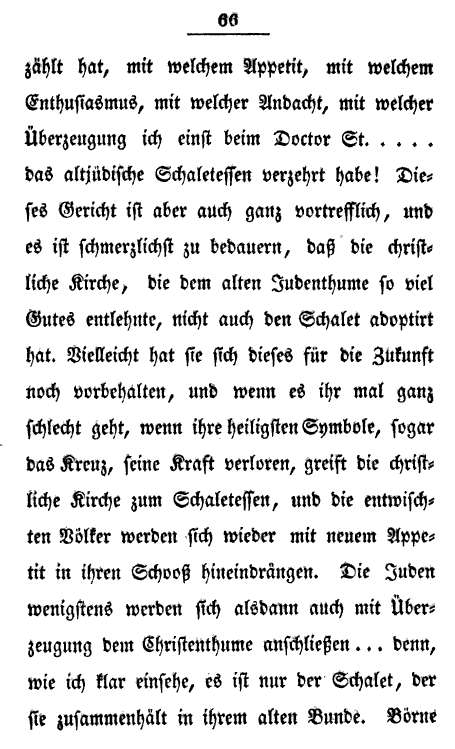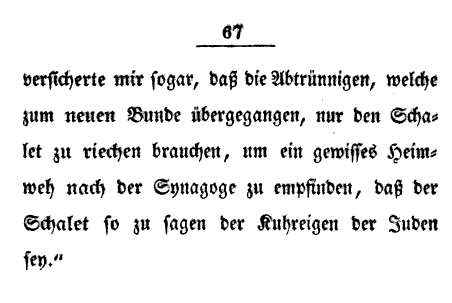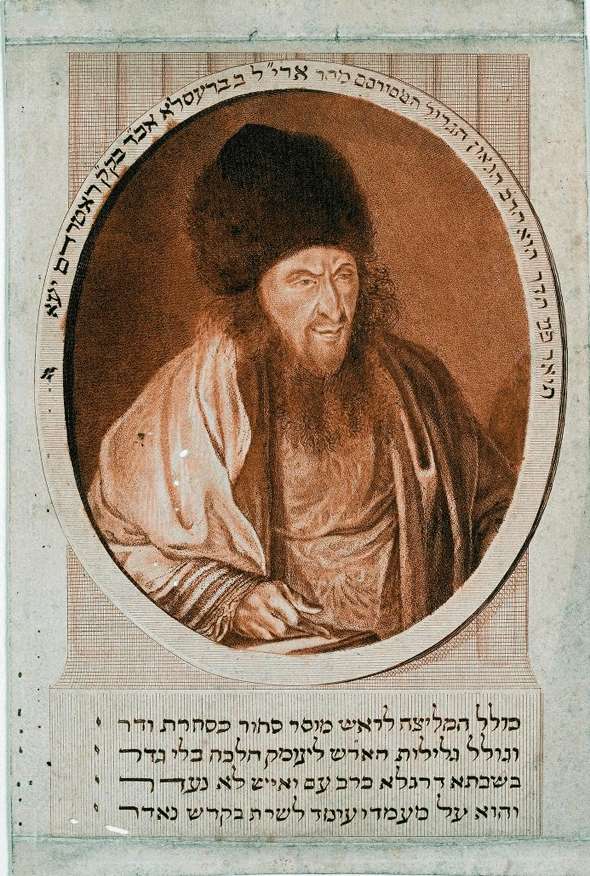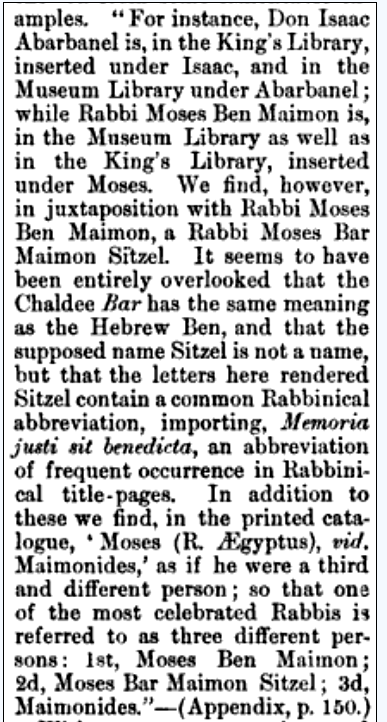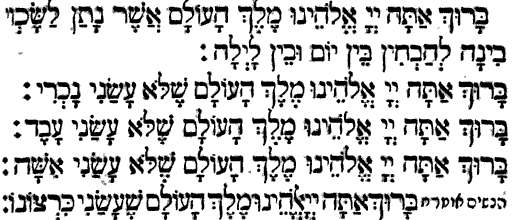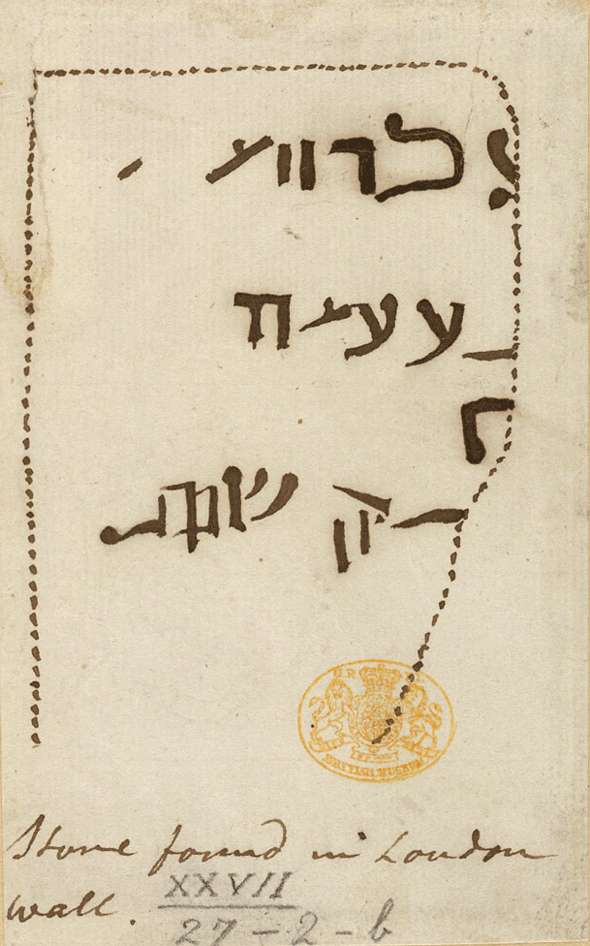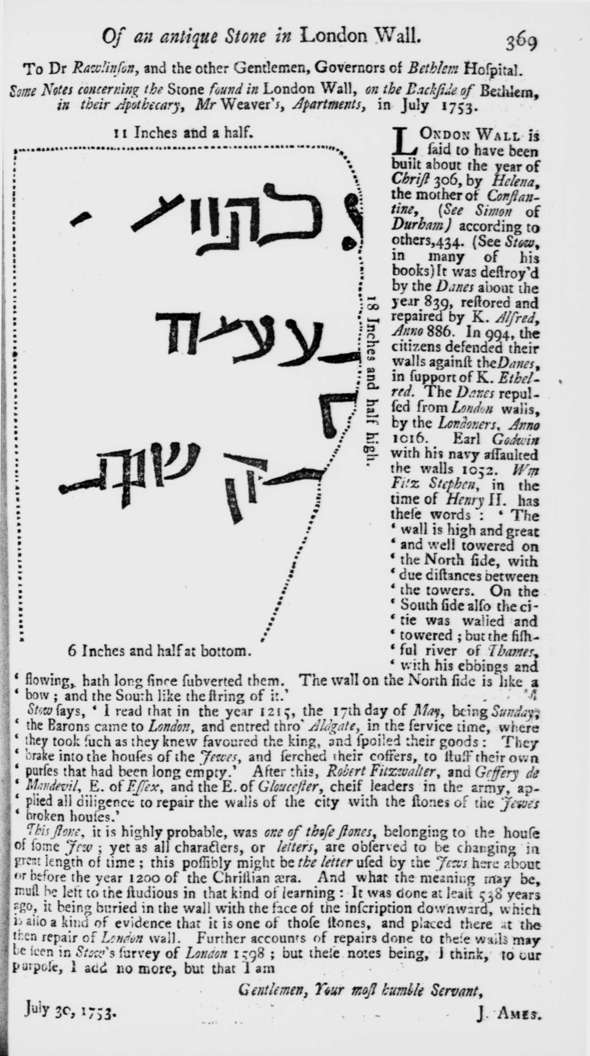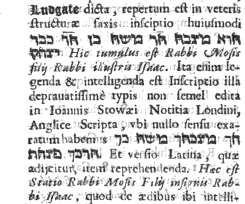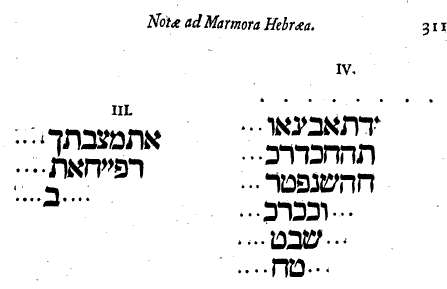Writing of Sukkot in Egypt in 1888, Elkan Nathan Alder speaks of having to pay "a very European price" for his etrog and lulav, but doesn't say what that is (Jews in Many Lands):
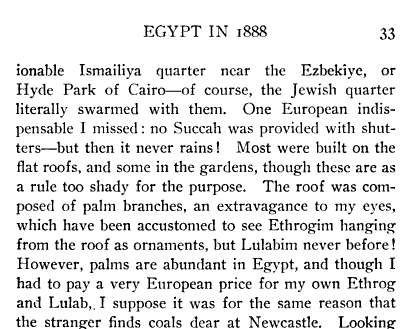
An American source, the 1914 Standard Cyclopedia of Horticulture, edited by Liberty Hyde Bailey, gives $5 to $10 as the price:

What was $5 to $10 in 1914 in today's dollars? There are a few ways to measure that, but very crudely I used some online currency calculators which give a value of about $110 to $220.
A British diplomatic source from the early 1880s says that an etrog could be had for as high as £1 or £2. In today's pounds that should be 75 or 80, which is something like $115 to $125 today (or twice that).
Another source from 1893 gives the same £1 price:
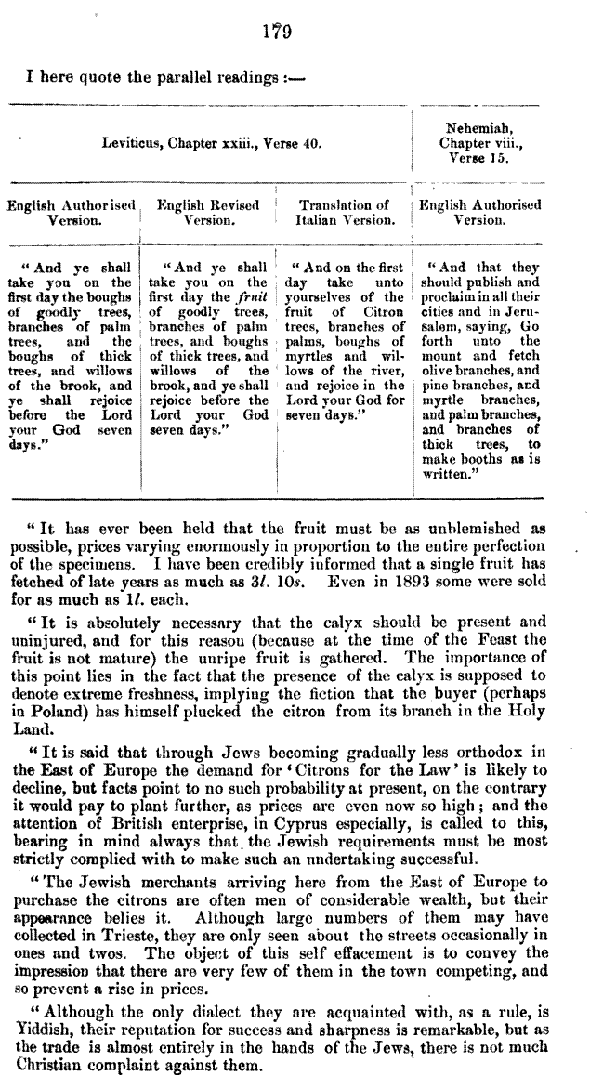
In 1829 a British source claims that they would sell for 2 or 3 guineas, which is like $212 or $318 today. Noting that this is expensive, it reports that about two sets would be found in the synagogue for people who didn't own one to use. Some enterprising businessmen would purchase one and then go around to the homes to allow people to make the blessing and take the lulav and etrog in hand for the sum of 2 to 7 shillings, which comes out to $8 to $27 in today's money. They could go to as many as 20 to 40 houses!


There is no specific reason to doubt this, but it should be borne in mind that the wealth of British Jews was sometimes exaggerated in the British periodicals. For example, in 1802 the very credible Gentleman's Magazine reported that the newly installed British Chief Rabbi Solomon Hirschel's salary was £4000 a year. In today's money that's about £296,000, or about $468,000. This salary is not a gazillion billion dollars a year, but it is only on the outer reaches of possible. While Hirschel actually died a wealthy man, it was not from his salary, which initially was the far more modest sum of £250!
Getting back to Etrogim, although this surveys is crude and only speak of two geographic areas, one gets the sense that Etrogim were very expensive, just as we might have predicted. Although Etrogim can still be had today at those high prices (adjusted), today more than $100 (or $200 or $300) are not the norm. While Etrogim are still pricey for a fruit, clearly they were out of reach of many in those times, while today there are enough imported and at a manageable price so that almost every one with an interest can purchase them. Of course replacing the more modest cost is the social pressure to purchase several sets per household - even for children. So perhaps on balance purchasing Etrogim today turns out to be as expensive, or even more so.


